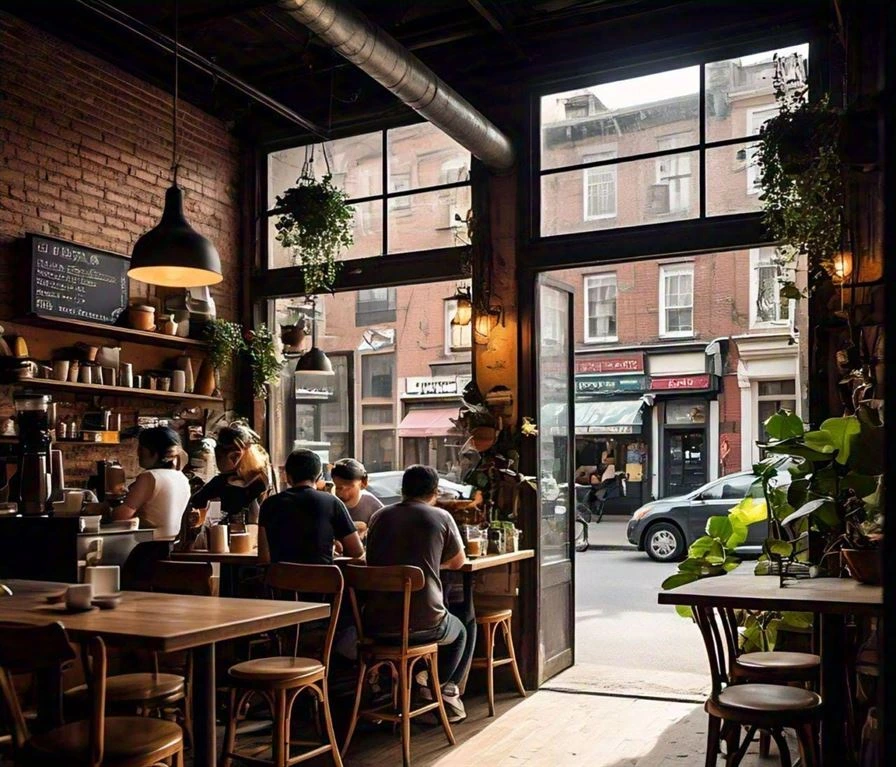Why Do Coffee Prices Vary? Key Factors Behind the Fluctuations in Coffee Prices
Table of Contents
Why Do Coffee Prices Vary? Understanding the Factors Behind Coffee Price Fluctuations
Coffee is a cherished drink that millions of people around the globe savor daily. Whether you’re starting your day with a hot cup of espresso or sipping a latte at your favorite café, coffee is an integral part of modern life. However, if you’ve ever paid attention to your coffee bill, you might have noticed that prices can fluctuate quite dramatically. From a simple cup of coffee at a café to the price of coffee beans at the supermarket, the cost of this popular beverage can change for a variety of reasons.
In this article, we’ll explore the key factors that cause coffee prices to vary, ranging from supply chain issues to environmental challenges, economic factors, and more. Understanding these factors will help you appreciate the complexity behind the prices of your daily brew.
1. The Coffee Supply Chain
Coffee production involves a long and complex supply chain that begins with farmers in coffee-growing regions and ends with consumers enjoying their cup of coffee. The price of coffee at each stage of the supply chain can fluctuate based on several factors.
- Farmers and Production: Coffee is primarily grown in tropical regions such as Brazil, Vietnam, Colombia, and Ethiopia. The price of coffee beans starts with the farmers. If there is a poor harvest due to weather conditions, pests, or disease, the supply of coffee beans can decrease, which in turn drives up the price. Additionally, the cost of labor and farming inputs like fertilizers can affect the price at the farm level.
- Transportation and Exporting: Once coffee beans are harvested, they need to be transported to processing facilities and then to international markets. Fluctuations in fuel prices, shipping costs, and geopolitical tensions can lead to higher transportation costs, which can contribute to price increases.
- Roasting and Packaging: Once the beans are exported to consumer countries, they undergo roasting and packaging. These processes also contribute to the final price, especially as energy costs rise and packaging materials become more expensive.
2. Climate and Weather Conditions
Weather is one of the most significant factors influencing the price of coffee. Coffee is particularly sensitive to climate conditions, and extreme weather events can have a profound impact on both production and pricing. For instance:
- Droughts and Flooding: In regions where coffee is grown, droughts can reduce the yield of beans, while excessive rainfall or flooding can damage crops. Unpredictable weather patterns caused by climate change are becoming increasingly common, which can make coffee prices more volatile.
- Frosts: Coffee trees, especially Arabica beans, are vulnerable to frost. In 2021, for example, Brazil experienced a severe frost that decimated much of its coffee crops, leading to a significant increase in coffee prices worldwide.
3. Economic Factors and Market Demand
The global economy plays a crucial role in determining coffee prices. Economic factors such as inflation, exchange rates, and the cost of living can all impact the price of coffee. For example:
- Currency Fluctuations: The price of coffee is often quoted in U.S. dollars on the global market. When the value of the dollar changes relative to other currencies, coffee prices can fluctuate. For coffee-growing countries, a weak local currency can make coffee more expensive for foreign buyers, driving up the price.
- Global Demand: The demand for coffee is affected by global economic conditions. During periods of economic growth, people tend to spend more on premium coffee products. Conversely, during economic downturns, demand for high-end coffee may decrease, leading to lower prices.
4. Coffee Types and Grades
There are several different types and grades of coffee, and each can have a different price point.The two principal varieties of coffee beans are Arabica and Robusta.
- Arabica Beans: Known for their smooth, mild flavor, Arabica beans are typically more expensive due to the more complex growing conditions and higher quality. Arabica coffee is also more sensitive to temperature and altitude, making it more vulnerable to environmental factors.
- Robusta Beans: On the other hand, Robusta beans are more robust and can withstand harsher climates. They are typically less expensive than Arabica beans and are often used in instant coffee or blends.
5. Market Speculation
The coffee market is also influenced by speculative trading on commodity exchanges. Coffee futures are traded on the New York Mercantile Exchange (NYMEX) and other global platforms. These futures contracts allow traders to buy and sell coffee in anticipation of price changes. Factors such as political instability, economic crises, or even rumors can lead to fluctuations in coffee prices on the futures market, which, in turn, affects the price consumers pay at cafes or stores.
6. Government Policies and Regulations
Some coffee-growing countries subsidize their coffee industries to stabilize prices or encourage exports. Government policies, such as tariffs, subsidies, or price controls, can have a significant impact on coffee prices. Additionally, trade agreements between coffee-producing countries and consumer nations can either lower or raise prices based on tariffs and trade restrictions.
Conclusion
The varying prices of coffee can be attributed to a wide range of factors that affect its production, transportation, and market dynamics. From weather patterns and supply chain disruptions to economic conditions and market speculation, understanding these factors can help explain why the price of your morning cup of coffee fluctuates. By becoming more informed about these dynamics, consumers can make more educated decisions about the coffee they purchase and enjoy.
Example Table: Coffee Price Influences
| Factor | Description | Impact on Price |
|---|---|---|
| Weather Events (Frost, Drought) | Extreme weather conditions affecting harvests | Increase |
| Coffee Types (Arabica vs Robusta) | Different varieties have different qualities and costs | Varies |
| Currency Fluctuations | Global price of coffee is impacted by exchange rates | Increase/Decrease |
| Global Demand | High demand in emerging markets drives prices up | Increase |
| Coffee Futures | Speculation in the commodity market affects prices | Increase |

